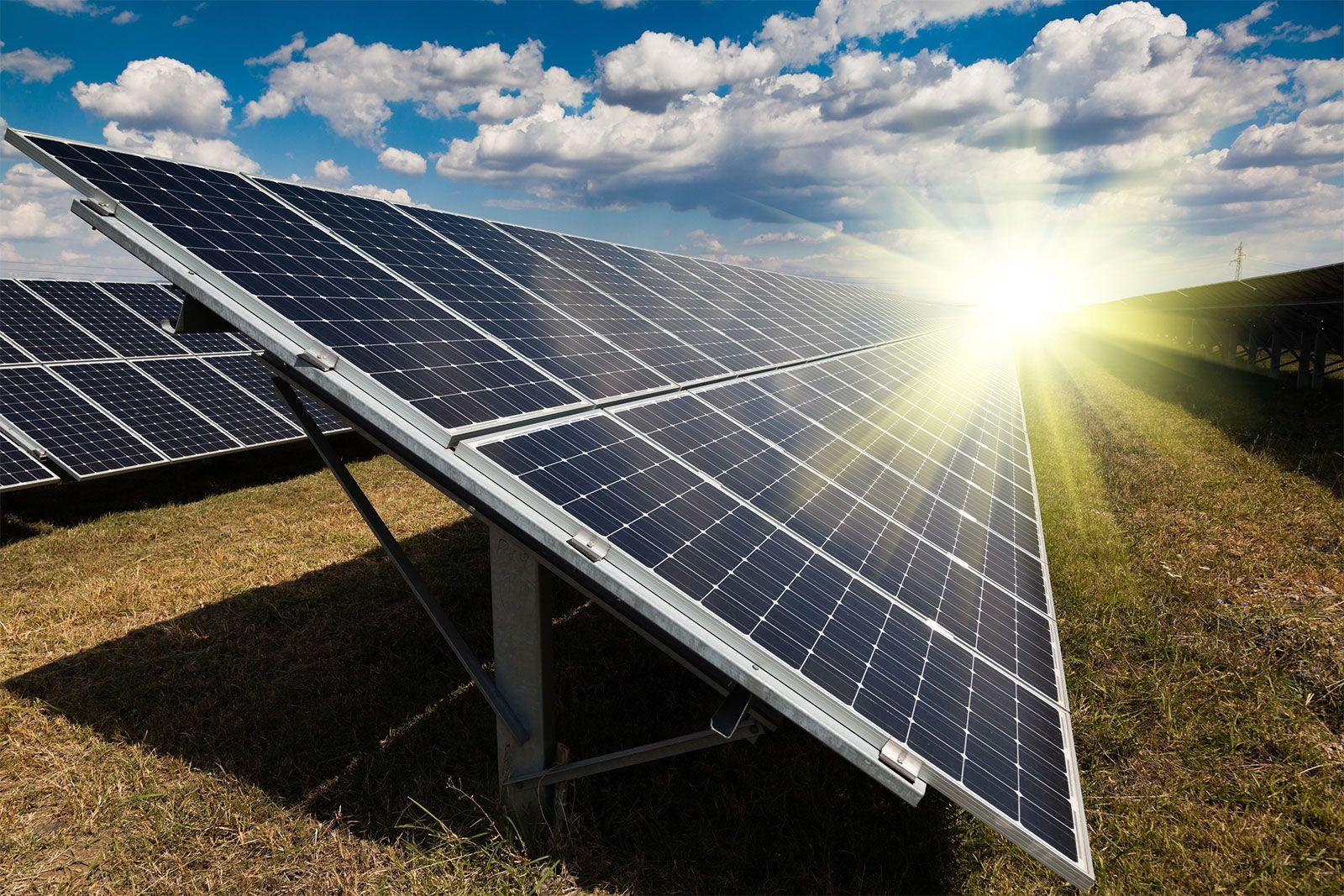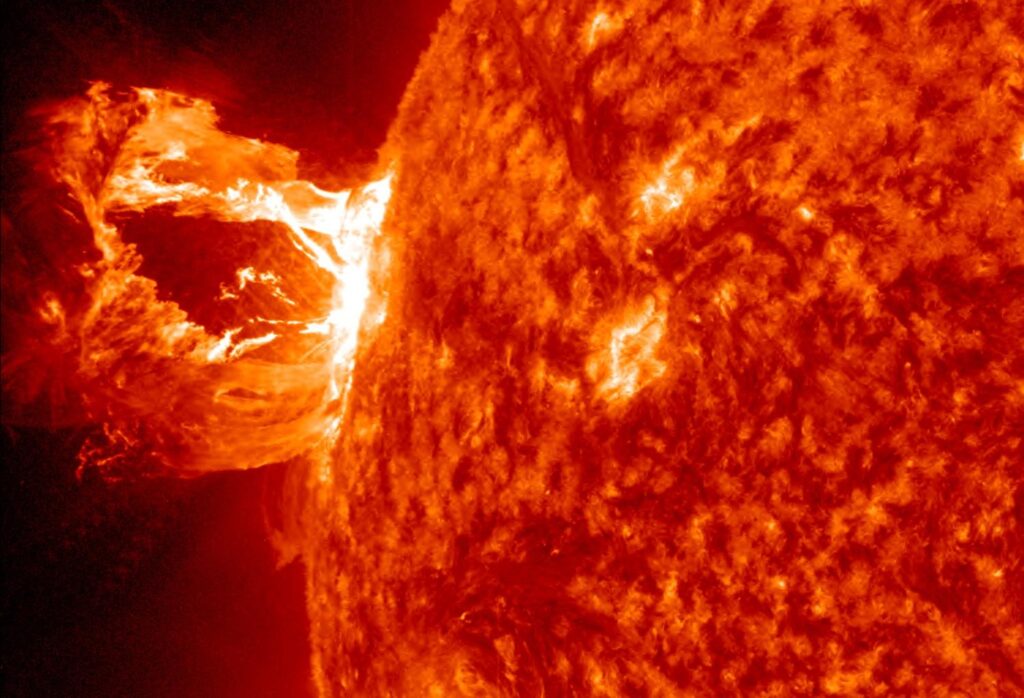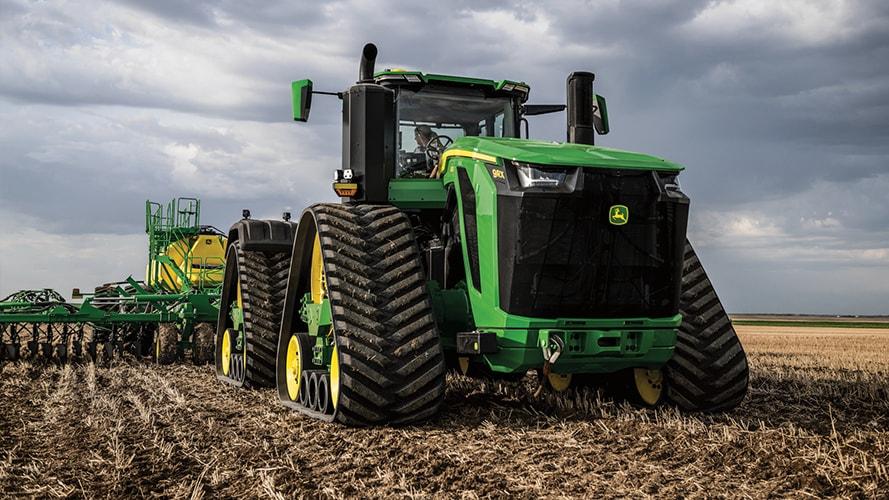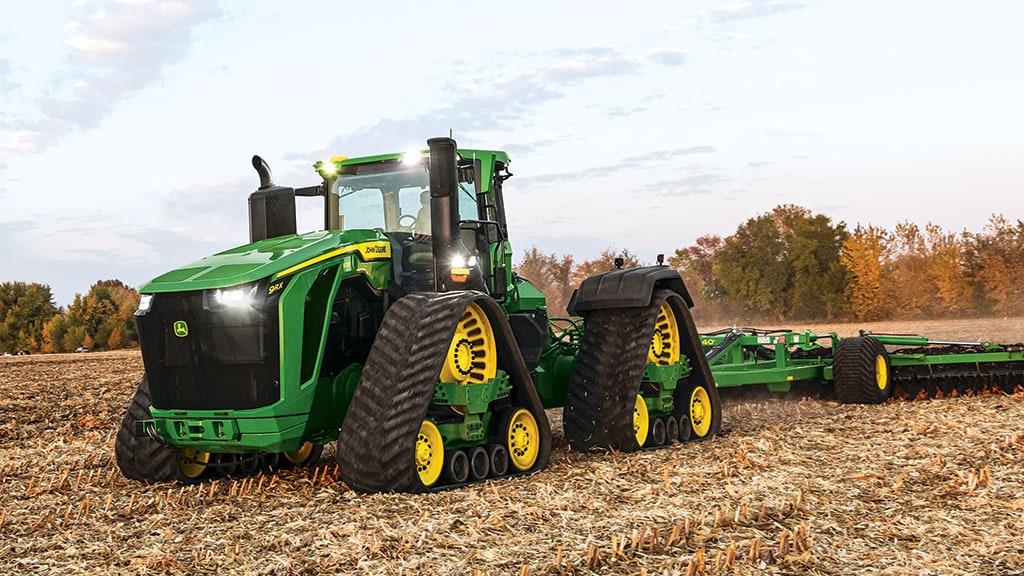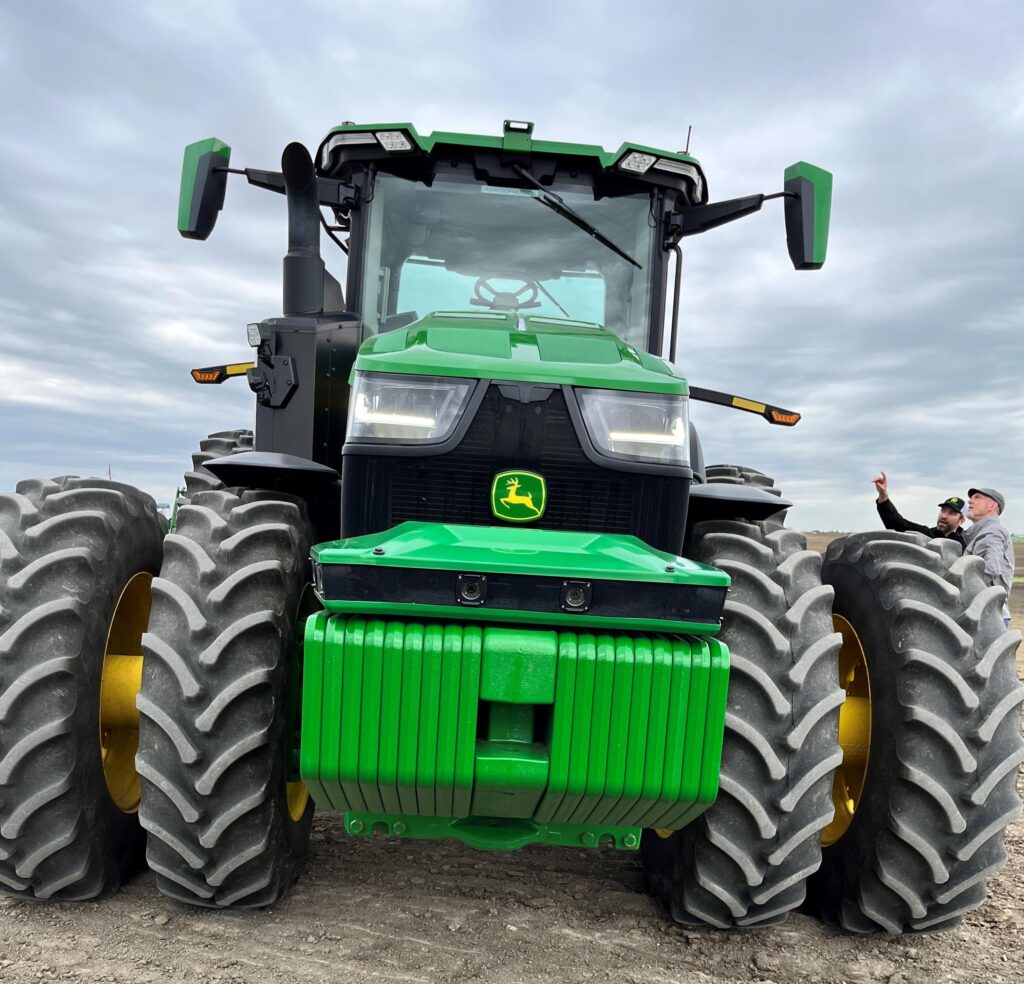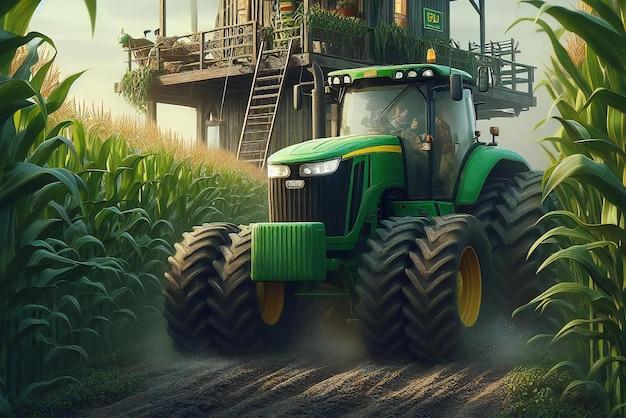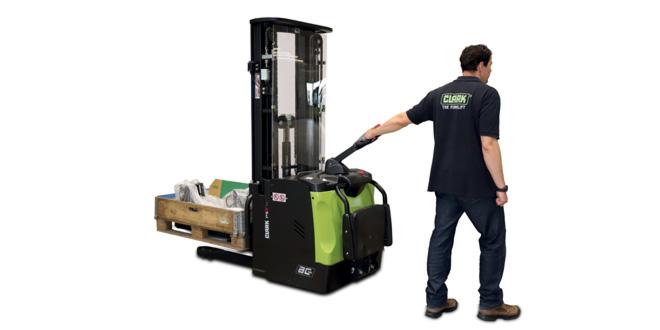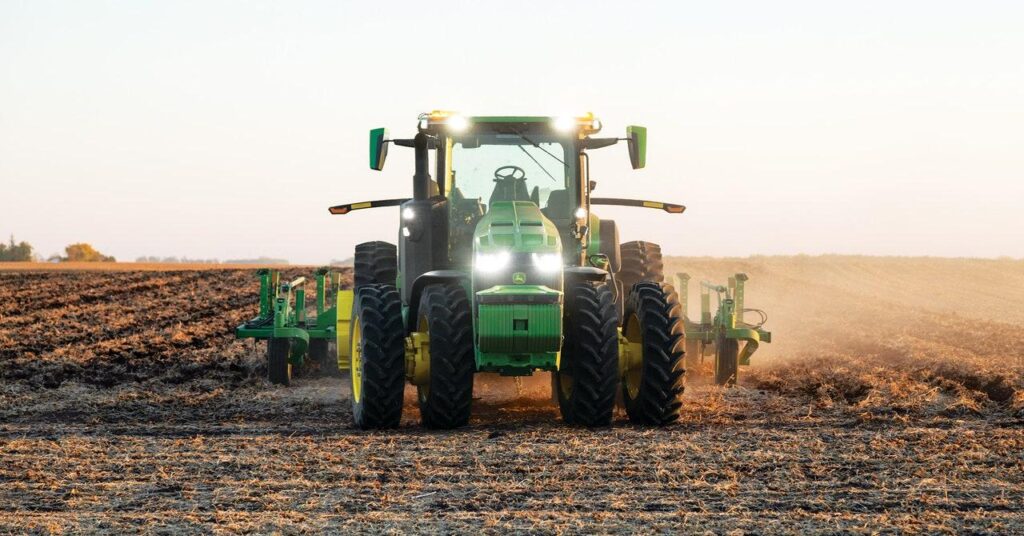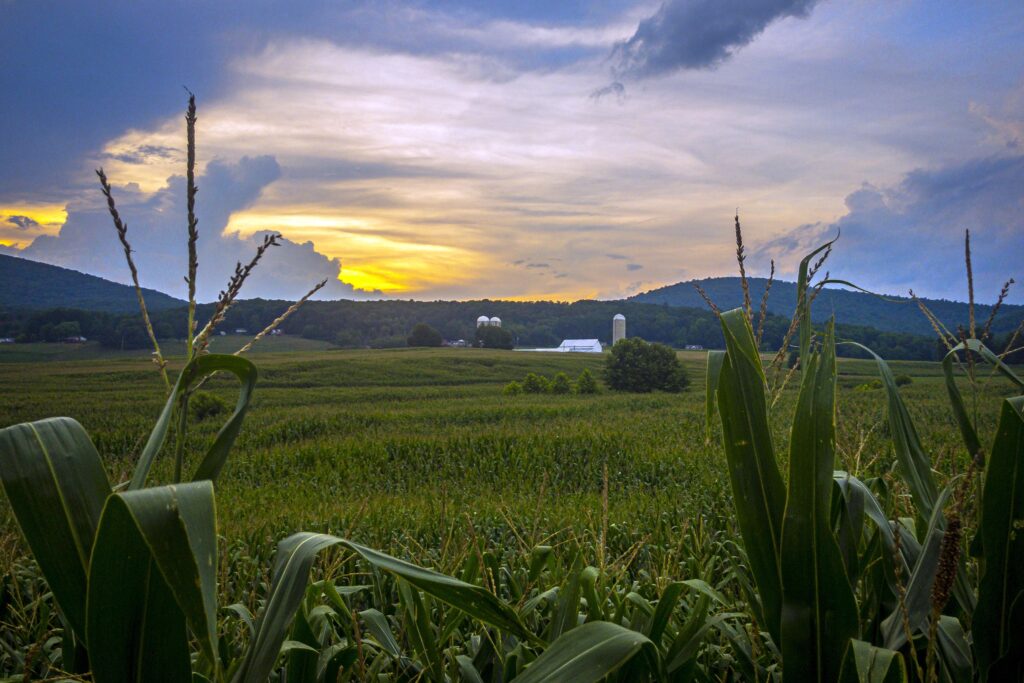A powerful solar flare that struck Earth’s magnetic field last week has caused widespread disruptions to GPS systems across agricultural regions, forcing farmers to postpone crucial spring planting operations. The geomagnetic disturbance, which interferes with satellite signals essential for precision farming equipment, has affected thousands of automated tractors and irrigation systems that rely on GPS technology for accurate field navigation and crop management. Recent solar activity has wreaked havoc on agricultural operations across north America, causing important disruptions to GPS-guided farming equipment and forcing many farmers to postpone their spring planting schedules. The geomagnetic disturbance, triggered by a massive coronal mass ejection from the Sun, has compromised the accuracy of precision agriculture systems that typically rely on satellite positioning.
Agricultural experts report that modern tractors and planters equipped with automated guidance systems are experiencing interference, with positioning errors ranging from several inches to several feet.This level of inaccuracy makes it impractical to maintain the precise row spacing and seed placement that contemporary farming methods require.
The impact is particularly severe for large-scale operations that depend heavily on GPS technology for everything from soil sampling to fertilizer request. Many farmers have been forced to revert to traditional manual guidance methods, considerably slowing down their operations during the crucial spring planting window.
Weather forecasters at the Space Weather Prediction Center have indicated that thes disruptions could persist for several more days as the solar storm’s effects continue to influence Earth’s magnetic field. The phenomenon has highlighted the agricultural sector’s growing dependency on satellite-based technologies and raised questions about the need for backup systems.
Equipment manufacturers are working to develop more robust GPS systems that can better withstand solar interference. In the meantime, some farmers are exploring alternative navigation methods, including using visual markers and mechanical row guides, techniques that were common before the advent of precision agriculture.
The timing of this solar event has proven especially challenging, as many regions are already facing tight planting schedules due to earlier weather delays. Agricultural economists estimate that each day of delay in spring planting can perhaps reduce yield potential by up to 1% in some crops,making the GPS disruption a significant economic concern.
Insurance providers are currently assessing how to classify losses related to solar storm disruptions, as many agricultural insurance policies don’t explicitly address technology failures caused by space weather events. This situation has prompted discussions about the need to update policy coverage to reflect modern farming’s technological dependencies.
Local agricultural extension offices have been fielding numerous calls from farmers seeking guidance on alternative planting methods and adjusted scheduling strategies. they’re advising farmers to carefully document any delays and associated costs for potential insurance claims and future risk management planning.The event has also sparked interest in developing more resilient farming practices that combine modern technology with traditional methods,ensuring operations can continue even when satellite-based systems are compromised. Some agricultural technology companies are now accelerating the progress of ground-based positioning systems that could serve as backups during future solar events.